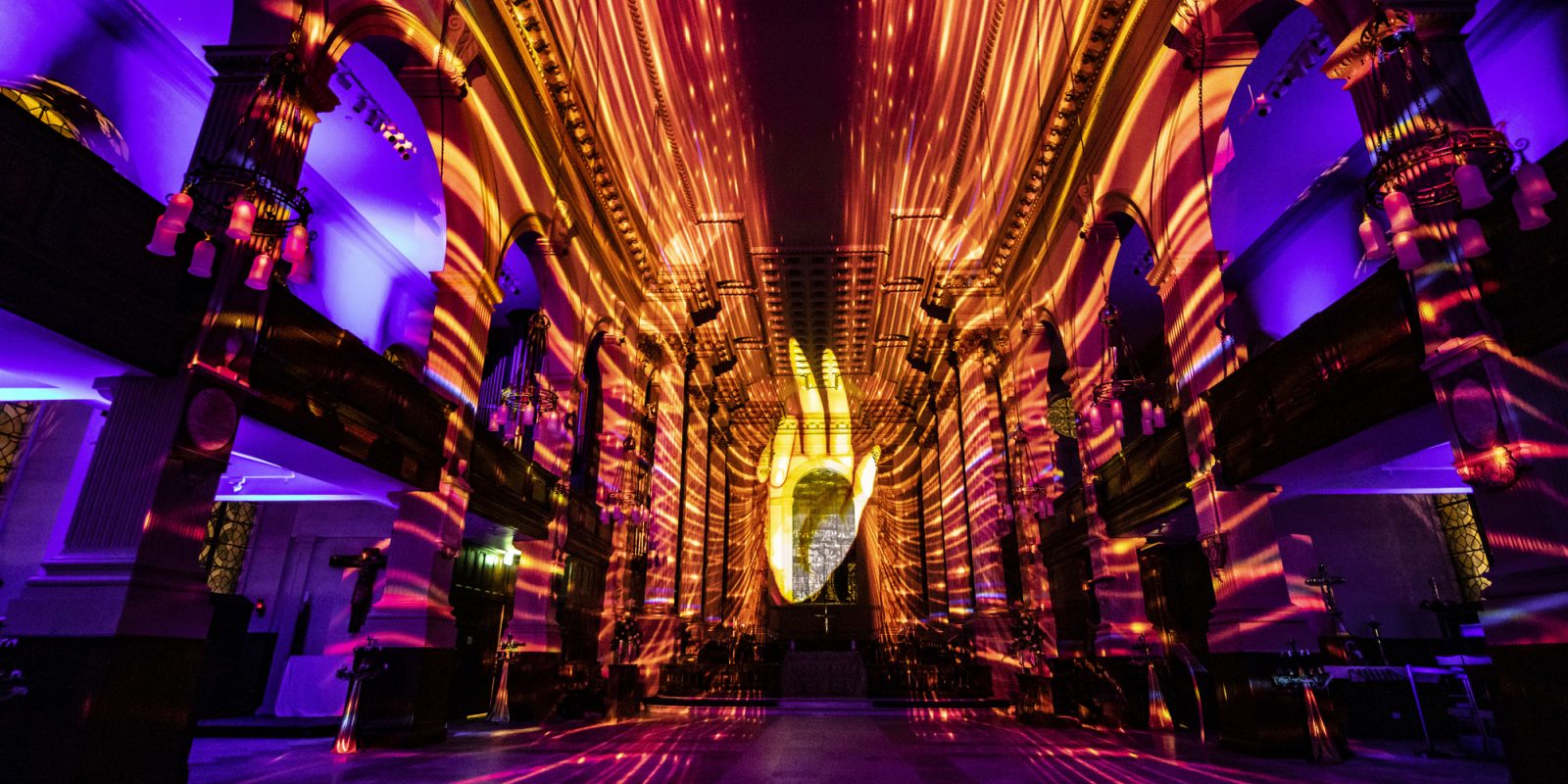Important information about this event
If you have any issues purchasing tickets via Eventbrite, please call the cathedral office on 0121 262 1840.
Tickets are non-refundable. All proceeds from this event will go towards conserving our Burne-Jones windows. There will be an opportunity to make an additional donation towards this work when booking if you wish.
Frequently Asked Questions
Is this experience suitable for all?
This event is a fully immersive experience and includes bright flashing and moving lights, accompanied by loud music. Please ensure this is something that all attendees are comfortable with. Access to the event is step-free and there will be space inside to move around, sit or lie down as you wish.
Is there seating?
There will be limited seating set out inside to enable people to move around during the experience. If you would require any additional seating, our team can arrange this when you arrive.
How long does the show last?
The show is 15 minutes long, and visitors can stay as long as they wish. Entry will aim to be within your 30-minute window and therefore you may be admitted part-way through a showing . This will keep the queue moving outside. We advise visitors to watch the experience twice through.
Can I take photos and videos?
Yes – this is encouraged! We advise that you enjoy the show through once without taking photos in order to enjoy it fully, and then a second time to capture your favourite parts. No tripods to be used inside the cathedral.
Can I change my ticket time?
Yes – subject to availability, you can transfer your ticket to an alternative date or timeslot. We are not offering refunds for this event, as all proceeds will be going towards our conservation work on our windows.
How will the ticket times work?
The time windows allocated are designed to keep the queue moving outside the cathedral so please try to arrive on time so you can get inside during your 30-minute window. Our team will assist those unable to wait outside as quickly as possible, while maintaining a safe number of people inside.
Follow @DivineBeautyBhm
#DivineBeautyProject
Divine Beauty is generously supported by National Lottery players, via The National Lottery Heritage Fund.





